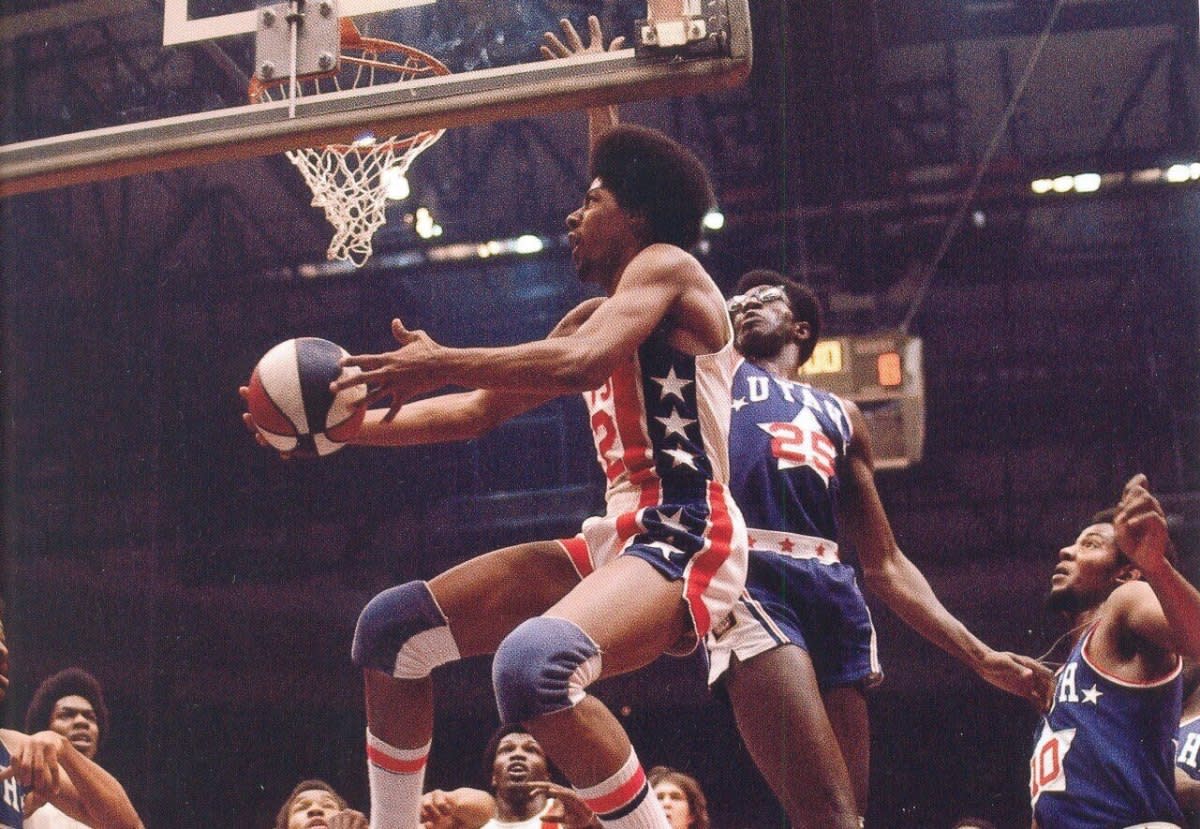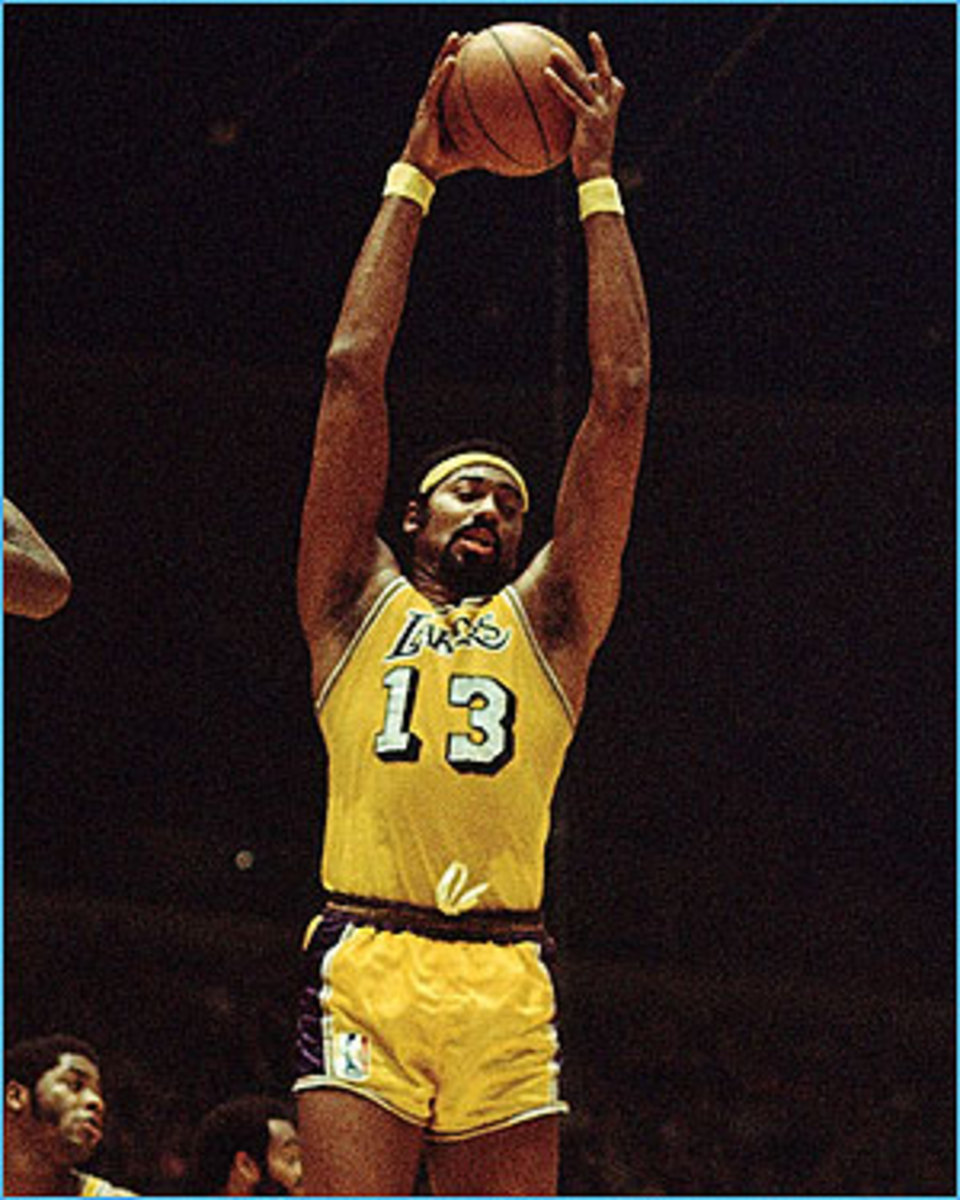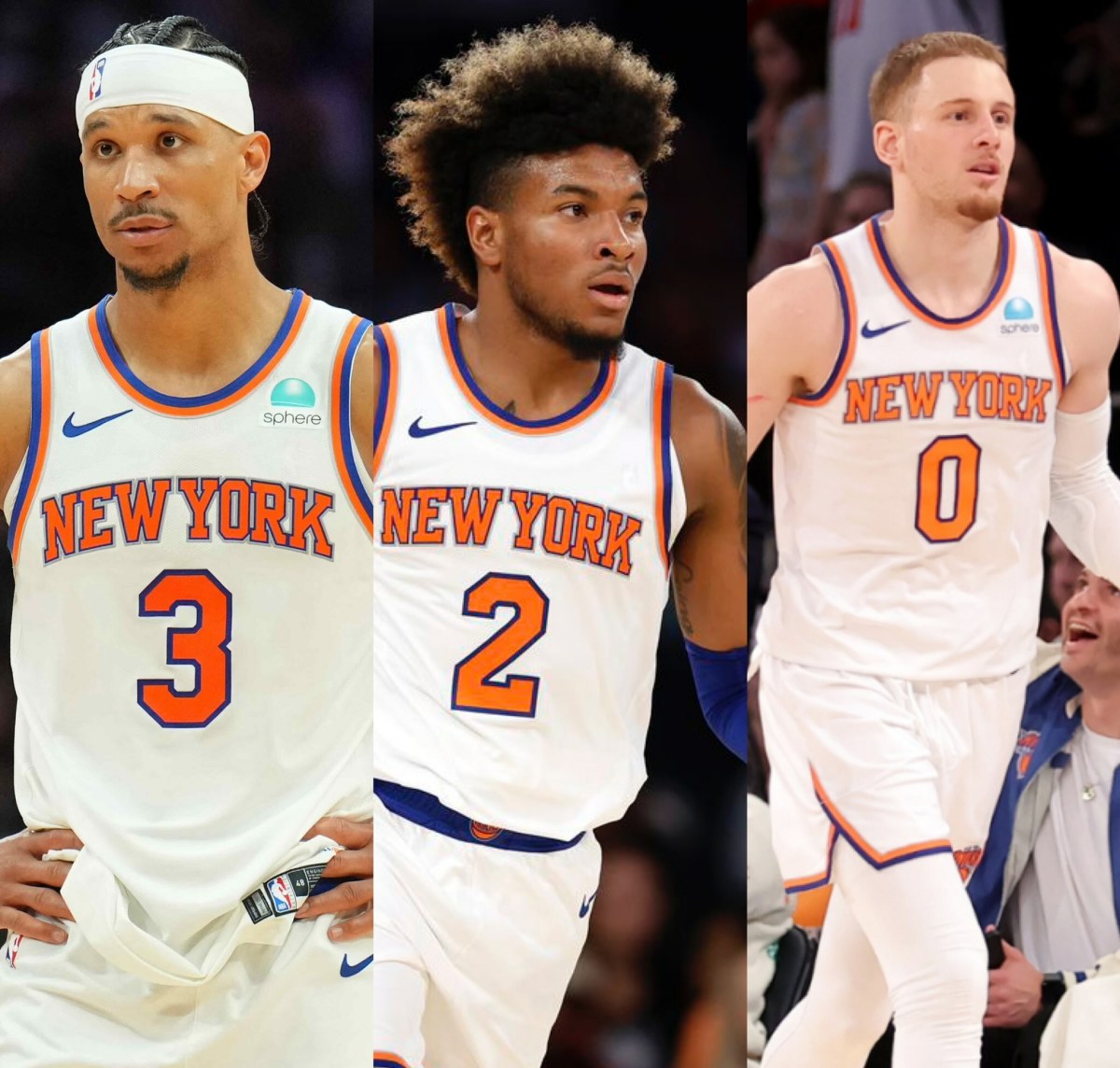- HubPages»
- Sports and Recreation»
- Team Sports»
- Basketball
March Madness Decoded
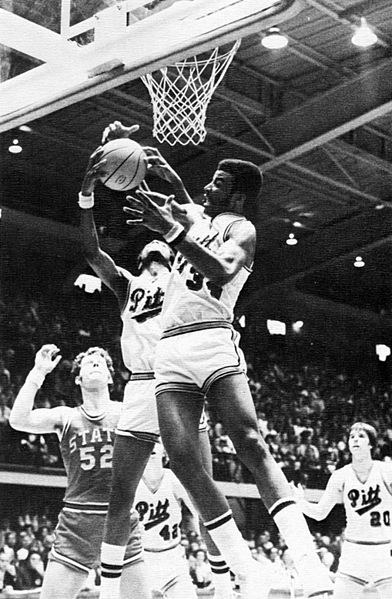
A Basketball Lover's Paradise
Growing up there was one sport I would watch without fail and that was basketball. My dad played in a recreational league before I was born until I was about four and when I was five he taught me a few things. In middle school, I actually tried out for the girls' basketball team before realizing that I was not about to devote the next couple of months to four years playing basketball. Don't get me wrong, I love watching and I love the occasional pick-up game but everyday for at least two hours was not my dream so I turned and went back to my first basketball love, the television.
To be honest, I did not catch on much to March Madness until about seventh grade when I watched Duke take the title in 2001. I was so excited and the following summer I was actually on campus for Writer's Camp and tried to spot Jay Williams and Mike Dunleavy with no success but from then on I started paying more attention to college hoops. This was especially since the NBA had let me down in the post-Jordan years. And I never could stand the Lakers, so there I was faced with a new arena of basketball to enjoy.
In high school, I did not watch much basketball at all and then by the time I got to college, it was inevitable that I would loathe sports or love them. Fortunately, I got so into basketball I became the official person to consult for hoops insight among my friends.
The problem with most sports and sports programming is that unless you start following or playing them from a very young age, you are expected to learn about the ins and outs of the sport on your own. And since my female friends either liked other sports or knew very little about sports, my room became March Madness central.
We would watch games throughout the season if we did not have the pleasure of going to the Dean Dome to see them live or if it was a conference game we were not about to pay for. However, from those experiences with my friends, I realized that it was far more important to really talk to them not as people without basketball knowledge but just having a conversation about basketball like I would say anything else.

The Real Lion of Spring
We all know March comes in like a lion and out like a lamb. But that expression has layered meanings. However, to many of us it signals a great and unparalleled period in the sports calendar known as March Madness. While the NCAA tourney has been around since 1939, March Madness as a pop cultural phenomenon truly kicked off in the late 1970s with the beginning of a now iconic sports rivalry in the college tournament.
Magic Johnson, a key player for Michigan State and Larry Bird, the guiding force driving Indiana State faced off in the championship game in the 1979 NCAA Tournament. It became such a cult phenomenon that it progressively took over offices, colleges, and homes for a mere three weeks between Mid-March and Early April and has not relented since.
March Madness now is not only a pop culture phenomenon but a major proving ground for schools looking to establish credibility as a powerhouse school or for smaller schools without much name recognition, a way to get in the minds of people beyond the region.
In this hub, I will help describe what March Madness is, Highlight Key Terms, Teams and Coaches, and makes sense of Bracketology. So hopefully for any of you with lingering questions about the NCAA Men's Tournament, I hope to answer all of them in a clear and concise way.
Basic Ins and Outs
How Many Teams are in the NCAA Tournament? Since 2011, the NCAA has included 68 Division 1 teams in the tournament. There are two play-in games for the last seeds in the opening round the Tuesday and Wednesday before the first-round play of Thursday and Friday. Division 1 refers to the level of intercollegiate athletics that colleges and universities can play as. These programs have access to the best scholarships, facilities, and endorsements within the NCAA system.
How Are Teams Selected for the Big Dance? Usually there are several factors going into how a team is selected. The strength of schedule, conference play, out of conference play and consistency of play are all considered when selecting teams. From there, they go on to seed the teams in the four regions according to the votes of the selection committee, a ten person group who votes on all the teams to be included in the NCAA tournament on Selection Sunday (2nd Sunday in March). And then there are automatic bids teams get by winning their conference championships the week prior to Selection Sunday. This is especially helpful for smaller conferences or weaker teams looking to get to the Big Dance.
What are Conferences? Conferences are collections of teams that play together for regular play. As they exist in most sports, they serve a different purpose in collegiate athletics. College conferences are not specific to any sport but usually encompass all sports. And based on the specific conference, some sports are more emphasized than others.
What Are Seeds and What Does It Mean? Seeds are the rankings given to each team based on their performance all year. There are four regions of play (Midwest, West, East, and South) and every number one seed is placed in the region. And based on the conferences the first three teams in that conference are placed in different regions.
How Many Rounds are There? There are about 5 full rounds and 1 play in round for four teams so a total of about six rounds played in the course of three weeks.
Words of Wisdom
One thing that irks me about watching most sports is that it is always assumed that everyone watching automatically knows the terms that the commentators and analysts use. Not only is this highly presumptuous but also insulting. So I put together some basic terms you will be hearing alot during March Madness games.
Free Throw Percentage: This is how much someone makes their free throw attempts. For instance if Charlie took four shots during the game and made three, his Free Throw Percentage would be 75% and averaged over the season is the same ratio of makes divided by attempts.
Field Goal Percentage: Again, this is makes divided by attempts but instead of foul shots, these are field goals or any non-foul shots made by all the team members. There is also individual field goal percentages for each starter and bench player based on the attempts and makes throughout the game.
3 Point Percentage: Again this is the same ratio as before just applied to three point attempts.
Starters: The starting five lineup of any team that starts most games at home and on the road throughout the season.
Reserves/Bench: Players that are usually switched out with starters that give quality minutes of playing times and also really important points at crucial moments during the game. The bench is essentially the same but also refers to players who don't get any minutes at all but cheer on the team which is also very important.
Downtown: Three point shooting range.
Dishes: Has nothing to do with food or plates, but means assists. Assists are when another player helps a teammate get a shot with a key pass.
Rebounds: Can be used offensively or defensively. It means a key grab for a player to get their team the ball.
Foul: An illegal play committed against a player or team. Can include violence at times and either results in free throws or possession of the ball to the other team.
Technical Foul: A foul that is non-physically committed. The most common is unsportsmanlike conduct in hoops.
Push the Tempo: This refers to the fast or slow pace one team controls the flow of the game with.
Double Team: A method of defense that is used when two players of one team guard a single player of another team. This is useful when the other team outsizes the defending team.
There's stuff about zone defense and junk but to be honest I am not going to bore you with that. That is for hardcore fans and nerds.
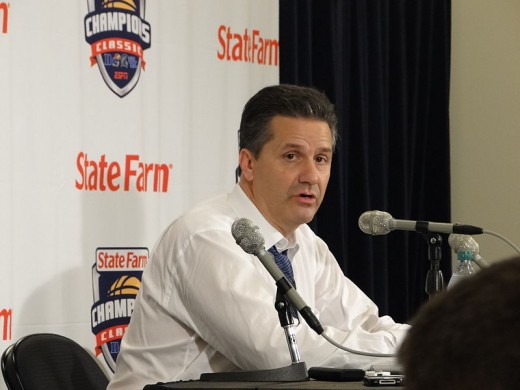
March Power Players
In this part of the hub, I will take on some of the teams and coaches who have built dynasties during March Madness. I also give a glimpse into so called power conferences.
Kentucky Wildcats and John Calipari: The Wildcats' men's basketball team is the winningest college basketball program with a 76.3 winning percentage. And John Calipari is their coach in the third year of play. While they have yet to take the title under Calipari's guidance, 2012 is projected to be their year. This current team is praised for it's youth and athleticism which also can be seen as it's Achilles' heel so only time will tell what happens. Calipari previously led Memphis and UMass' college basketball programs with much success leading all three college programs to a final four appearance.
Jim Calhoun and UConn Huskies: UConn is officially the returning champion from last year. However, they are missing very important key that won them last year's title: Kemba Walker who decided to head to the NBA instead of pursuing another year of college eligibility. Coach Jim Calhoun has been with the school for over 26 seasons and has led them to three titles in 1999, 2004, and 2011. He's the oldest coach at 68 to have won a title last year, but will he break his own record this year? UConn is dangerous but not as dangerous as last year, so we'll see.
Roy Williams and UNC Tar Heels: UNC and Roy Williams are back to their March antics again this year and as a one seed, they have alot of winning to do to make it back to the final four after last year's exit in an elite eight to the Kentucky Wildcats. Led by senior Tyler Zeller and junior John Henson, the Heels are looking to bring the school a sixth title and third for good ol' Roy. With a few stumbling blocks in the ACC, namely the Duke and Florida State defeats, they will definitely be out for blood.
There are also some conferences with alot of leverage in this tournament and while some teams may meet up, it will be very interesting to see which conferences survive during the big dance.
Big East (9 Teams): Last year the big east set a record with 11 teams in the tourney. This year they have downsized to nine including: Syracuse, UConn, South Florida, Marquette, Cinncinati, Louisville, Seton Hall, Georgetown and Notre Dame. Syracuse is the favorite since they have a one seed but anything can happen as we all know.
Big Ten (6 Teams): The other big conference has six teams and most of them are basketball powerhouses. They include: Michigan, Ohio State, Michigan State, Purdue, Indiana and Wisconsin. My money's on Michigan State mainly because they faced my alma mater in 2009 and Coach Tom Izzo's name always reminds me of Jay-Z's song "HOVA" :)!
ACC (5 Teams): By golly, my home conference has finally came up in the world after years of Duke and UNC dominance in the big dance. Duke and UNC are back for more rings as well as Florida State, a new favorite after winning the ACC tourney, Virginia, and NC State who are in desperate need of some validation after looking like the Ugly Stepsister of Tobacco Road!
Last Year's Champs in Action!
Final Note
Hopefully this helps you tourney newbies figure out the basic ins and outs of the big dance. This year's tournament should be awesome! As a programming note, all of the games air on TruTV, TBS, TNT, and CBS. Which means more of Charles Barkley and his brilliantly funny commentary as well as one of my fave Tar Heel alumni, Kenny "The Jet" Smith! Whoopee!
Also, if you really want to save some time you should check the scores of the first two rounds and start watching during the sweet sixteen. This is especially true for those of us who work a 9 to 5 who either lack access to TV during the day or with co-workers obsessed with daytime television.
Happy Madness to You! (Go Heels!)

